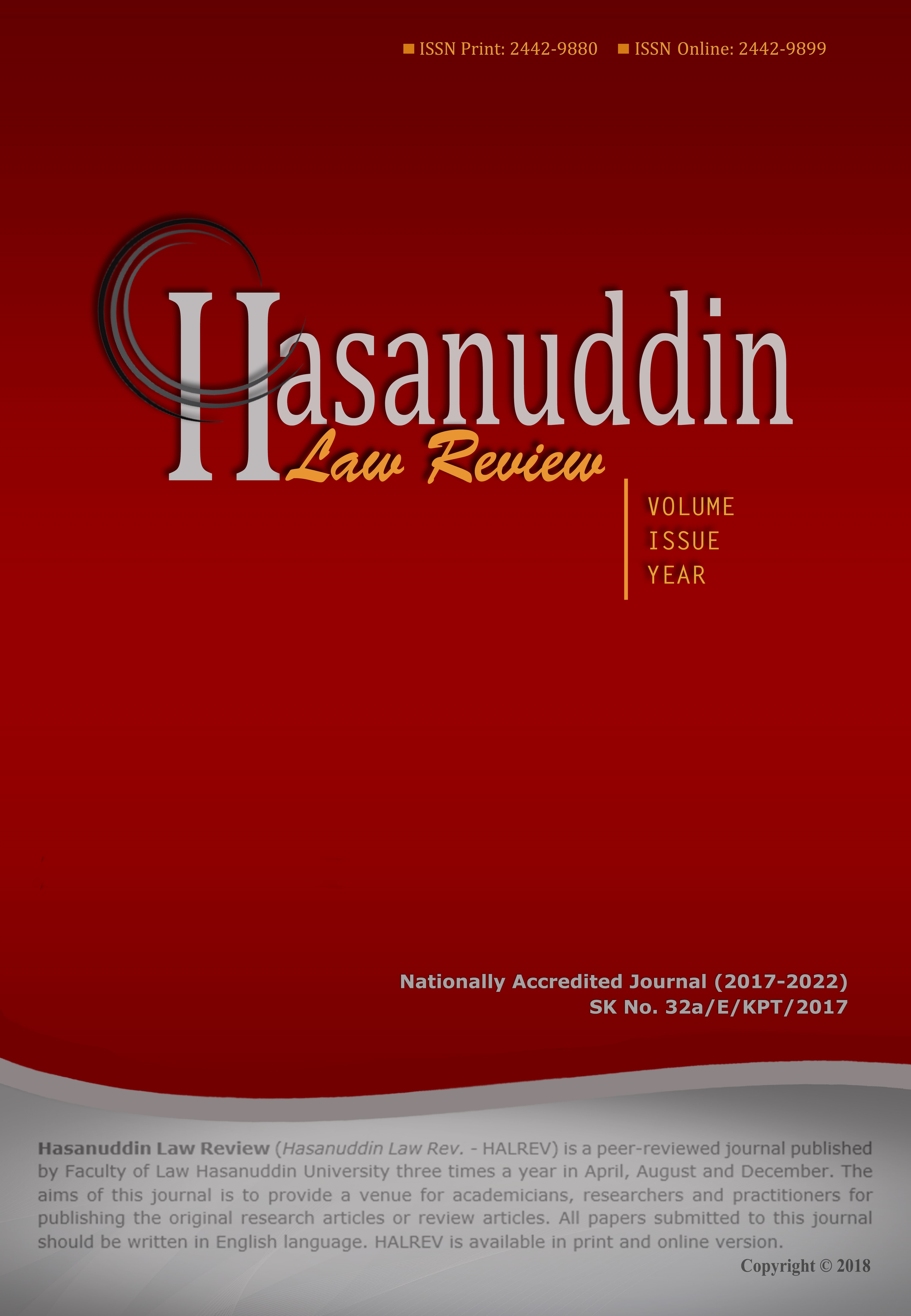Abstract
The amendment of 1945 Constitution is deemed to have many weaknesses and shortcomings, especially related to the regulate institutional relationship between state institutions. There are some problem related to the obscurity of position of state institutions, the overlapping of duties, functions and authority which lead to the unrealized of checks and balances and the vulnerable for abuse of power. The direction of the arrangement of relationship between state institutions should be: First, to strengthen the implementation and purification of presidential system; Second, to clear up the position of the MPR as a joint session between DPD and DPR in an institutional relationship directed to create a strong bicameralism system; Third, the arrangement of judicial institutions should affirm the concept of MK as the court of law and MA as the court of justice. With the addition of constitutional complaint authority for MK and the authority of the previlegiatum forum for MA. While the arrangement of institutional relationship between MA and KY in supervising the judge should be developed based on the concept of share responsibility; Fourth, to make Attorney General as a constitutional organ that have the same constitutional authority and legal standing as other law enforcement agencies, namely National Police and the Courts (MA and MK). Fifth, the institutionalization of independent state commissions as constitutional organs based on the criteria of having the urgency and function of strengthening the constitutional democratic state and strengthening the mechanism of checks and balances.
Authors who publish with this journal agree to the following terms:
- The journal holds the copyright for each article published with work licensed simultaneously under a Creative Commons Attribution 4.0 International License, which allows others to share the work with an acknowledgment of the authorship and early publication of the work in this journal.
- Authors must agree to the copyright transfer agreement by checking the Copyright Notice column at the initial stage when submitting the article.

